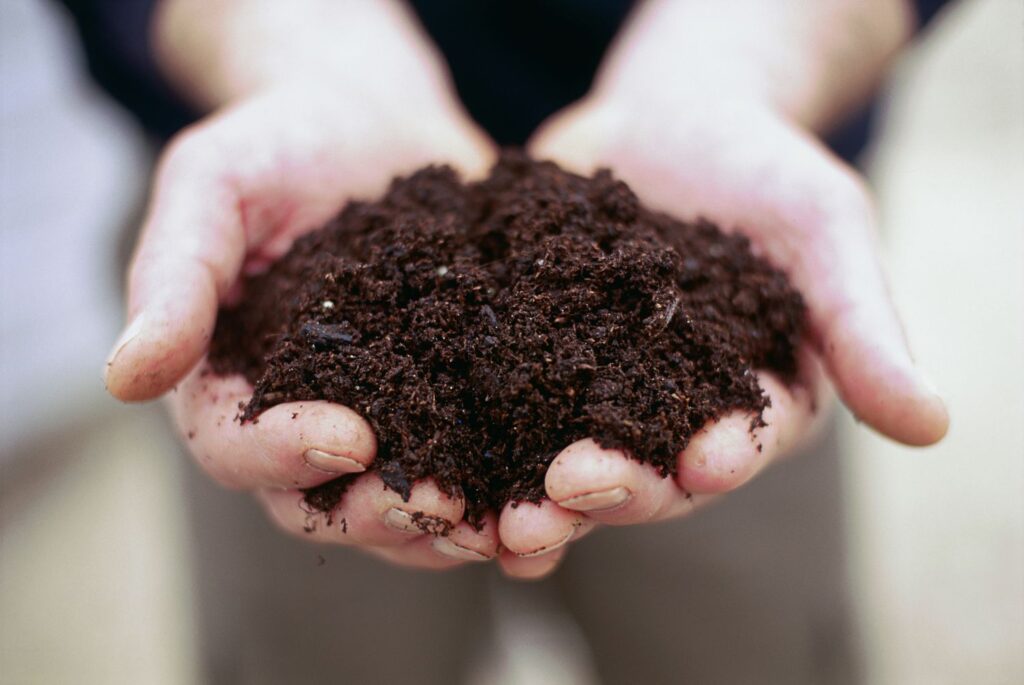Soil
Key Notes :

1. What is Soil?
- Soil is the uppermost layer of Earth’s crust that supports plant growth.
- It is a natural resource composed of minerals, organic matter, air, and water.
2. Formation of Soil
- Soil formation is a slow process that occurs over thousands of years.
- It begins with the weathering of rocks into smaller particles due to natural agents like wind, water, and temperature changes.
- Organic material from decayed plants and animals mixes with these particles to form soil.
3. Components of Soil
- Minerals: Provide essential nutrients for plant growth.
- Organic Matter (Humus): Improves fertility and retains moisture.
- Air: Helps roots to breathe.
- Water: Essential for plant hydration and nutrient absorption.
4. Types of Soil
- Sandy Soil: Large particles, low water retention, good drainage.
- Clayey Soil: Small particles, retains water, poor drainage.
- Loamy Soil: Balanced mixture of sand, silt, and clay; ideal for farming.
- Silty Soil: Fine particles, smooth texture, retains water well.
5. Soil Horizons (Layers of Soil)
- O Horizon: Top layer rich in organic matter (humus).
- A Horizon (Topsoil): Contains minerals and nutrients; supports plant life.
- B Horizon (Subsoil): Rich in minerals leached from the topsoil.
- C Horizon: Weathered parent rock.
- R Horizon: Unweathered bedrock.
6. Soil Erosion
- The removal of topsoil by wind, water, or human activities.
- Causes: Deforestation, overgrazing, and improper farming.
- Preventive Measures: Afforestation, terracing, and crop rotation.
7. Importance of Soil
- Supports plant growth and agriculture.
- Regulates water flow and stores water.
- Provides habitat for microorganisms and insects.
- Filters and purifies water.
8. Soil Conservation
- Mulching: Covering the soil with organic matter to retain moisture.
- Contour Plowing: Plowing along the contour lines to prevent erosion.
- Terracing: Building steps on slopes to reduce runoff.
- Crop Rotation: Growing different types of crops in succession to maintain soil fertility.
9. Soil and Agriculture
- Soil quality directly impacts crop yield.
- Farmers use manure and fertilizers to enrich the soil with nutrients.
Let’s practice!

